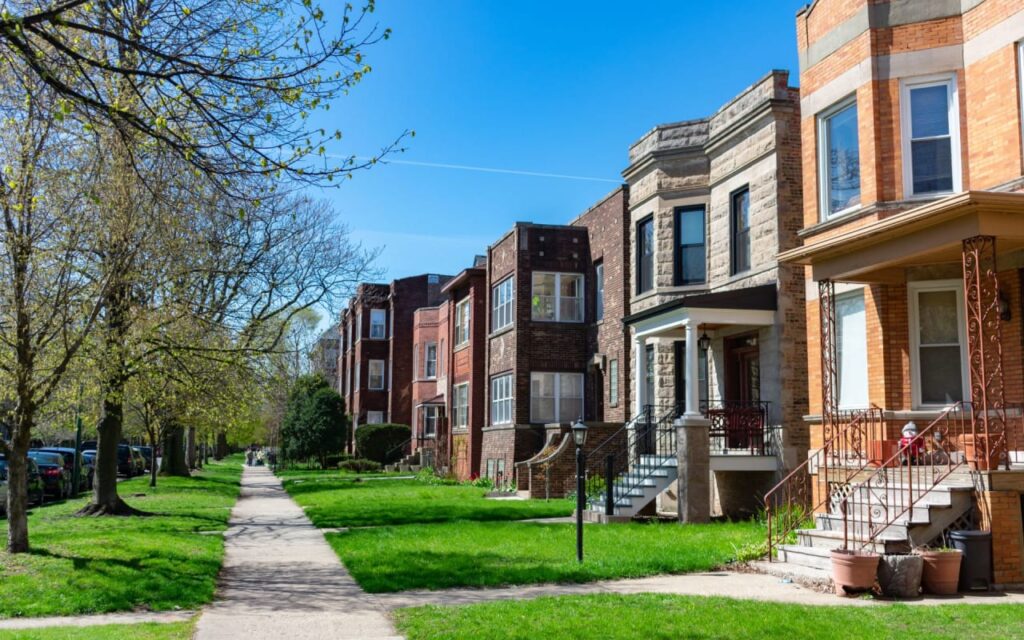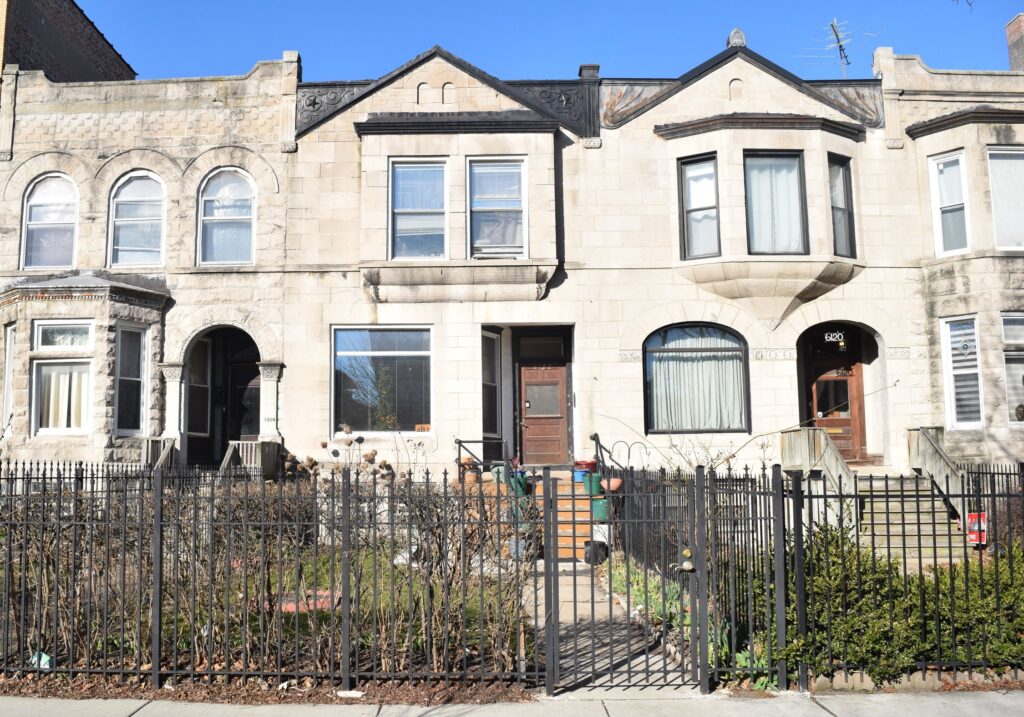Woodlawn: A Jewel in the South Side of Chicago
Woodlawn, a haven of rich history and diverse cultures, is one of the 77 community areas in the South Side of Chicago. This neighborhood, once a quaint settlement of Dutch farmers, has evolved into a vibrant community that reflects the resilience, activism, and cultural heritage of its residents.
From Farmland to a Flourishing Community
Originally, Woodlawn was a modest settlement of Dutch farmers who established their homes in the mid-19th century. They were not officially part of Chicago until 1889, but their economic bond with the city, fostered through the sale of their produce, was already strong. However, the World’s Columbian Exposition in 1893, held in nearby Jackson Park, turned this sleepy farming community into a bustling neighborhood.
The Exposition attracted a horde of entrepreneurs, residents, and tourists, leading to a boom in development and population. The event also spurred the creation of Midway Plaisance, a well-maintained walking and bike riding thoroughfare amidst the University’s campuses. Yet, the prosperity brought about by the Exposition was short-lived, leaving Woodlawn in economic hardship.

Economic Struggles and Racial Transitions
To counteract the economic downturn, two commercial centers were established in Woodlawn: the Washington Park Subdivision and the 63rd Street development. Despite these efforts, the neighborhood hit another snag during the Depression, further worsened by the shifting racial demographics.
In the 1920s and 30s, landlords, in collaboration with the University of Chicago, exploited restrictive covenants to maintain Woodlawn’s predominantly white character. However, post-World War II, these restrictive covenants were challenged and eventually deemed illegal, paving the way for Black families to move into Woodlawn. The limited housing options available to Black residents allowed landlords to overcharge them, leading to overcrowded and substandard living conditions.
The Rise of Activism in Woodlawn
The economic decline, combined with systemic oppression, shaped Woodlawn’s socio-economic environment, necessitating the presence of local activists. In 1959, Woodlawn residents teamed up with Saul Alinsky’s Industrial Areas Foundation to start organizing against the increasing injustices. This collaboration gave birth to The Woodlawn Organization (TWO), a powerful and influential entity that fights for justice and equality in the community.
TWO, alongside other activist organizations, has played a significant role in transforming Woodlawn into a stronghold of resilience and activism. Despite periods of decline, these organizations have continued to champion for social justice, economic equity, and affordable housing, leaving an indelible mark on the community.
Woodlawn Today: A Mixture of History and Modern Development
Today, Woodlawn is on the cusp of transformation. Recent developments, including the restoration of Jackson Park and the impending opening of the Obama Presidential Center, promise to bring growth and revitalization. Despite these modern developments, Woodlawn retains its historical charm, boasting an array of historic parks, locally-owned businesses, cultural institutions, and organizations that are worth exploring.

Notable Landmarks
One of the most notable landmarks in Woodlawn is Jackson Park, a 500-acre park situated on Lake Michigan. It is famous for hosting the 1893 World’s Columbian Exposition and features attractions like the Osaka Garden, the Jackson Park Golf Course, and the 63rd Street Beach.
Another significant site is the Midway Plaisance, a green space that connects Jackson Park to Washington Park. The area between 59th and 60th Streets, known as the Midway Plaisance, is popular among walkers and bikers.
Education in Woodlawn
Education plays a significant role in Woodlawn, with the community being part of the Chicago Public Schools. The Emmett Till Math & Science Academy, named after Emmett Till who was a former student there, serves the community and is a testament to the community’s commitment to education.
Notable Residents of Woodlawn
Woodlawn has been home to many notable personalities. These include Arthur M. Brazier, pastor and activist; Ernest Burgess, urban sociologist; Carl Augustus Hansberry, a real estate broker and political activist; Lorraine Hansberry, renowned playwright; and Joe Louis, the world heavyweight boxing champion from 1937 to 1949.
A Community of Resilience and Transformation
Woodlawn is more than just a neighborhood in the South Side of Chicago. It’s a community that has witnessed significant historical events, endured socio-economic challenges, and evolved into a beacon of resilience and transformation. As it continues to grow and develop, Woodlawn remains a testament to the strength, diversity, and rich cultural heritage of its residents.


